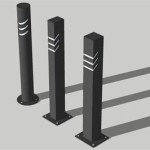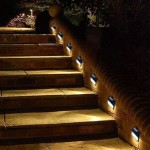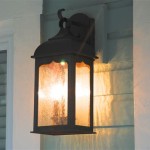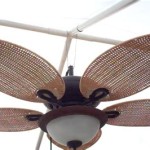Essential Aspects of Low Voltage Outdoor Lighting Installation
Low voltage outdoor lighting offers a myriad of benefits for enhancing the aesthetics, safety, and functionality of outdoor spaces. Installing these systems requires careful planning and execution to ensure optimal performance and longevity.
Planning considerations
Before embarking on the installation process, it's crucial to plan meticulously. Determine the desired lighting effects, including the placement of fixtures, direction of illumination, and desired brightness levels. Consider the surrounding landscape, architectural features, and usage patterns to achieve a harmonious design.
Fixture Selection
Choosing the appropriate fixtures is paramount to achieving the desired lighting effects. Factors to consider include the type of illumination - ambient, accent, or task - as well as the wattage, beam spread, and durability. LED fixtures offer superior energy efficiency and longevity compared to traditional halogen or incandescent bulbs.
Transformer Selection
The transformer serves as the heart of the low voltage lighting system, converting the household voltage to a lower, safer voltage for outdoor use. Proper transformer selection ensures that the system operates efficiently and safely. Calculate the total wattage of all fixtures and select a transformer that exceeds this value by 20-30% to account for future expansion or voltage drop.
Cable Selection and Installation
Choose durable, weather-resistant cables specifically designed for outdoor lighting. Direct burial cables can be buried underground, while surface cables can be run through conduits or along the surface of walls or pathways. Install cables carefully, avoiding sharp bends or potential damage from foot traffic or lawn equipment.
Fixture Installation
Mount fixtures securely using appropriate hardware and follow the manufacturer's instructions. Ensure fixtures are level and properly aligned for optimal illumination. Consider using bollards for pathway lighting, spotlights for accentuating trees or sculptures, and floodlights for illuminating wide areas.
Connection and Testing
Connect all components according to the system design and manufacturer's instructions. Use weatherproof connectors and seal all connections thoroughly to prevent moisture ingress. Once the system is complete, test all fixtures to ensure proper operation and adjust as necessary to achieve the desired lighting effects.
Maintenance
Regular maintenance is essential to ensure the longevity and performance of your outdoor lighting system. Clean fixtures regularly to remove dirt and debris that can obstruct illumination. Check connections for tightness and inspect cables for damage. Replace burned-out bulbs promptly and consider upgrading to energy-efficient LED fixtures as they become available.
By following these essential aspects of low voltage outdoor lighting installation, you can create a stunning and functional outdoor space that enhances ambiance, safety, and enjoyment for years to come.

How To Install Low Voltage Outdoor Landscape Lighting 1000bulbs Blog

3 Must Haves For Installing Low Voltage Landscape Lighting Ideas Advice Lamps Plus

What Is Low Voltage Landscape Lighting Mll Blog

Planning Your Low Voltage Outdoor Landscape Lighting 1000bulbs Blog

How To Install Low Voltage Outdoor Landscape Lighting The Garden Glove

How To Install Low Voltage Outdoor Landscape Lighting The Garden Glove

How To Install And Wire Low Voltage Outdoor Landscape Lighting

The Easiest Way To Install Low Voltage Landscape Lighting Abby Organizes

Install Landscape Lighting For Added Curb Appeal

Helpful Hints On Low Voltage Landscape Lighting Transformers
Related Posts







